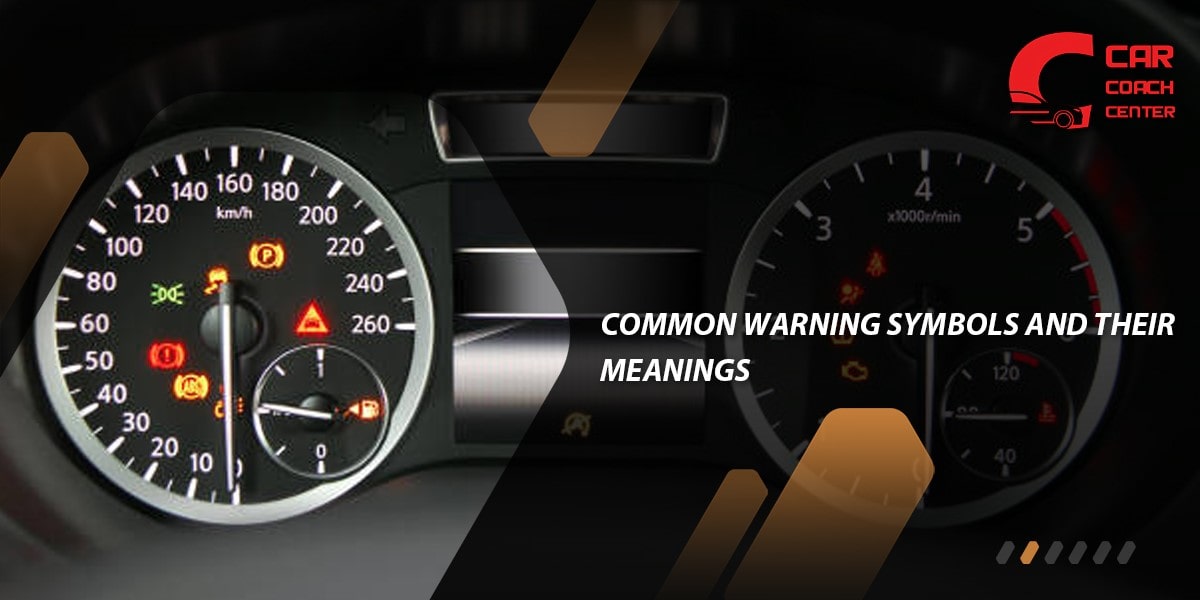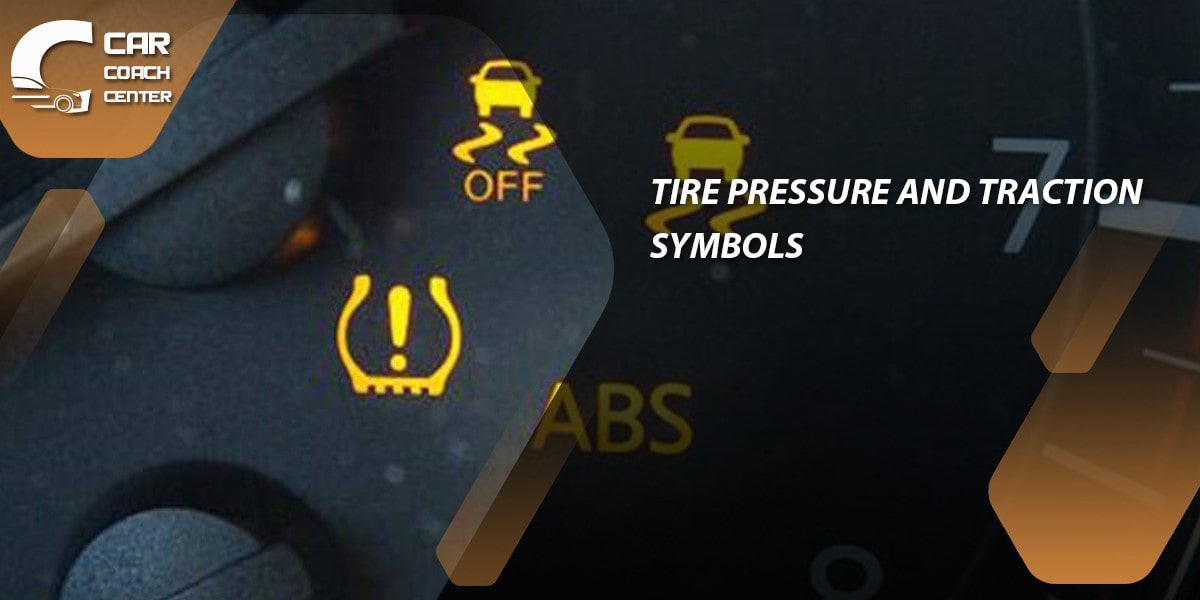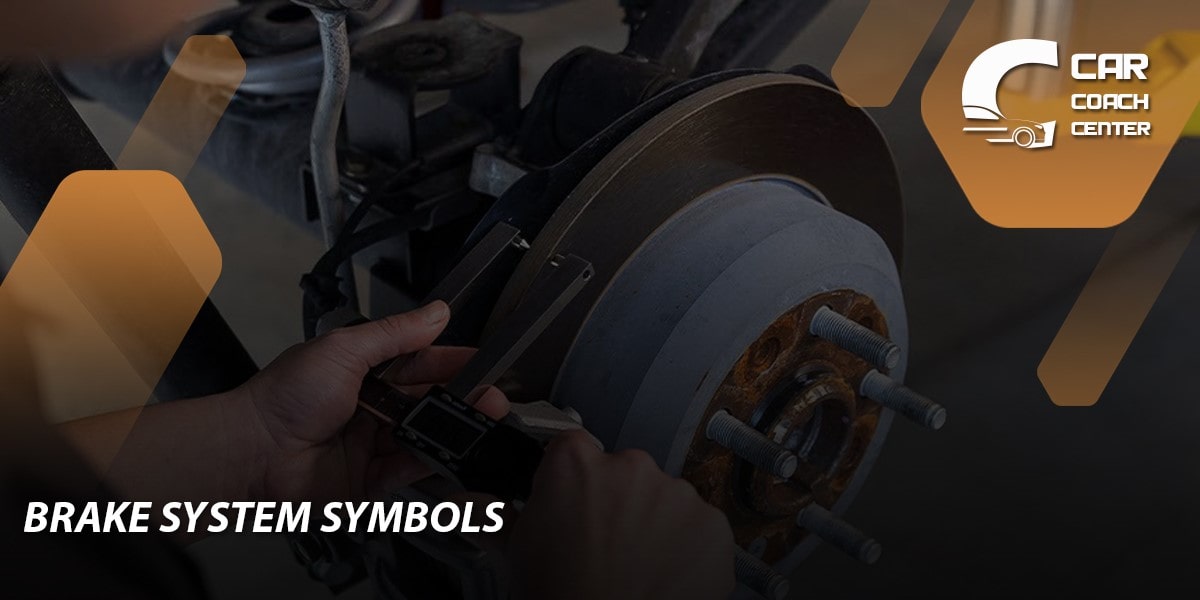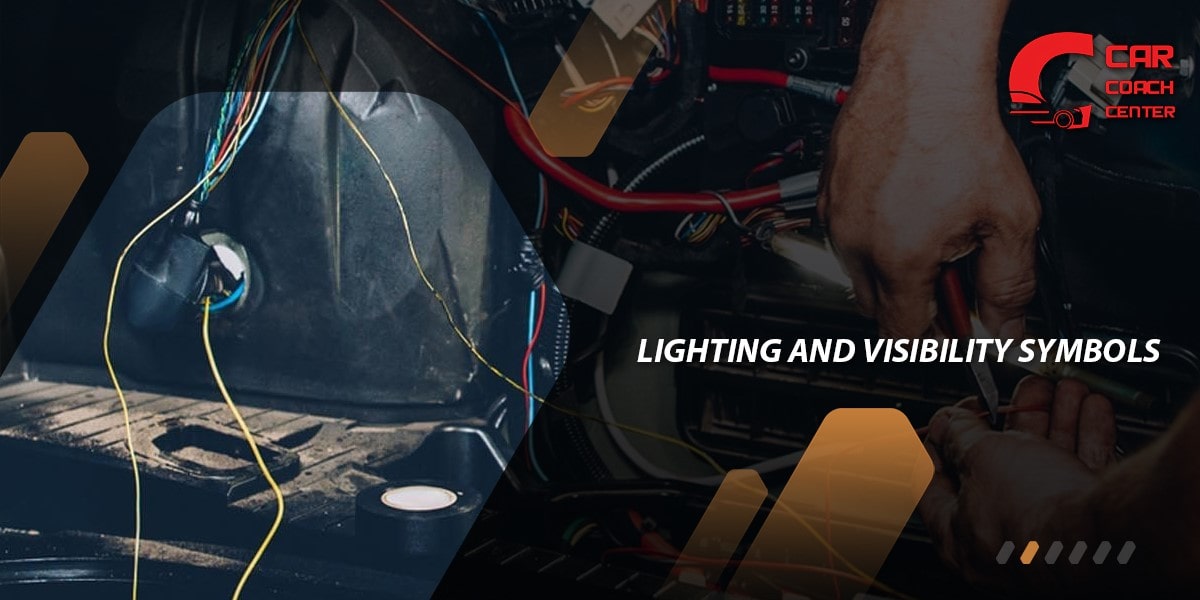Introduction to Peugeot Dashboard Symbols
Dashboard symbols are essential indicators that convey vital information about your vehicle’s status and potential problems. Ignoring or misinterpreting these symbols can lead to severe consequences, such as accidents or expensive repairs. Therefore, it’s crucial to have a good grasp of Peugeot dashboard symbols and their meanings.
Overview of Peugeot Dashboard Symbols
Peugeot vehicles feature a range of dashboard symbols that cover various aspects, including engine health, safety systems, battery status, tire pressure, and more. These symbols are designed to alert you to potential issues and prompt you to take appropriate action.
Purpose of the Article
The purpose of this article is to provide you with a comprehensive understanding of Peugeot dashboard symbols, along with troubleshooting tips to address common problems. By the end of this guide, you’ll be equipped with the knowledge to interpret these symbols correctly and take necessary steps to resolve any issues.

Common Warning Symbols and Their Meanings
Engine Warning Symbols
Check Engine Light
The check engine light is one of the most common warning symbols. It can indicate various issues, such as a faulty sensor, emissions problem, or engine malfunction. When the check engine light illuminates, it’s crucial to have your vehicle diagnosed by a professional to determine the underlying cause.
Oil Pressure Warning
The oil pressure warning light indicates a drop in oil pressure, which can lead to engine damage if not addressed promptly. Check the engine oil level and ensure it’s at the recommended level. If the light persists, seek professional assistance to inspect the oil pump or any potential leaks.
Coolant Temperature Warning
The coolant temperature warning light alerts you to an overheating engine. Safely pull over, turn off the engine, and wait for it to cool down. Check the coolant level and radiator for any leaks. If the problem persists, consult a mechanic to diagnose and repair the cooling system.
Battery and Charging System Symbols
Battery Warning Light
The battery warning light indicates an issue with the charging system or a weak battery. Start by checking the battery terminals for corrosion or loose connections. If the problem persists, have the battery and charging system inspected by a professional.
Alternator Warning
The alternator warning light suggests a problem with the charging system, potentially caused by a faulty alternator. Check the drive belt for signs of damage or looseness. If the light remains on, have the alternator and associated components examined by a qualified technician.
Brake System Symbols
Brake Warning Light
The brake warning light illuminates when the parking brake is engaged or if there’s a problem with the braking system. Ensure the parking brake is fully released. If the light persists, it may indicate low brake fluid or a malfunction in the braking system. Seek professional assistance for inspection and repair.
ABS Warning
The ABS warning light indicates a fault in the Anti-lock Braking System. This system helps prevent wheel lock-up during braking, improving control and stability. If the ABS warning light stays on, there may be a sensor issue or a problem with the ABS module. Have it inspected by a professional.

Tire Pressure and Traction Symbols
TPMS Indicator
The Tire Pressure Monitoring System (TPMS) symbol alerts you to low tire pressure in one or more tires. Check the tire pressure using a gauge and inflate or deflate the tires to the manufacturer’s recommended levels. If the TPMS light persists, there may be a faulty sensor or system malfunction.
Traction Control Warning
The traction control symbol indicates an issue with the vehicle’s traction control system. This system helps maintain stability and prevent wheel spin. If the light stays on, there may be a sensor problem or a fault in the system. Have it diagnosed and repaired by a professional.
Airbag and Safety Symbols
Airbag Warning Light
The airbag warning light indicates a problem with the airbag system. It could be a faulty sensor, a wiring issue, or a malfunction in the airbag control module. It’s crucial to have the airbag system inspected by a professional to identify and fix any sensor-related problems.
Seatbelt Reminder
The seatbelt reminder symbol reminds you to fasten your seatbelt. Ensure all passengers are wearing their seatbelts for optimum safety. If the light remains on even when seatbelts are fastened, there may be a faulty sensor or wiring problem. Seek professional assistance to diagnose and rectify the issue.
Child Safety Lock
The child safety lock symbol indicates that the rear doors are locked to prevent accidental opening by children from inside the vehicle. If the symbol remains illuminated even when the child safety lock is not engaged, there may be a sensor or electrical issue. Consult a professional for further investigation.
Troubleshooting Tips for Warning Symbols
Engine-related Symbols
Common Causes and Solutions
– Check for loose or damaged gas caps, which can trigger the check engine light.
– Inspect spark plugs and ignition coils for signs of wear or malfunction.
– Ensure the air filter is clean and not clogged, restricting airflow to the engine.
– Address issues with the oxygen sensor, mass airflow sensor, or other engine-related sensors.
DIY Troubleshooting Tips
– Disconnect and reconnect the battery to reset the check engine light and see if the issue persists.
– Use an OBD-II scanner to retrieve error codes and gain insights into the specific problem.
– Replace faulty sensors or components following manufacturer guidelines and specifications.
Battery and Charging System Symbols
Diagnosing Battery Issues
– Clean battery terminals and connections to ensure proper contact.
– Test the battery voltage with a multimeter and verify it meets the manufacturer’s specifications.
– Inspect the alternator belt for signs of wear and adjust or replace as needed.
Testing and Replacing Alternator
– Conduct a charging system test to determine if the alternator is providing adequate power.
– Remove the old alternator and install a new one, following proper procedures.
– Ensure proper belt tension and alignment after alternator replacement.

Brake System Symbols
Addressing Brake Warning Light
– Check the brake fluid level and top up if necessary.
– Inspect the brake pads and rotors for wear and replace if needed.
– Bleed the brake system to remove any air bubbles that may affect brake performance.
ABS System Malfunctions
– Inspect wheel speed sensors for damage or debris and clean or replace as required.
– Check the ABS module and wiring connections for loose or corroded contacts.
– Use a diagnostic tool to read and clear ABS error codes for a more accurate diagnosis.
Tire Pressure and Traction Symbols
Checking and Adjusting Tire Pressure
– Use a tire pressure gauge to measure the pressure in each tire and compare it to the recommended levels.
– Inflate or deflate the tires as needed, ensuring all tires are at the same pressure.
– Inspect tires for any visible damage or signs of wear, and replace as necessary.
Dealing with Traction Control Issues
– Check the traction control system’s sensors and connections for any damage or loose connections.
– Inspect the ABS system, as it is closely related to the traction control system.
– Have a professional scan the system for error codes and perform necessary repairs or sensor replacements.
Airbag and Safety Symbols
Inspecting Airbag System
– Have the airbag system inspected by a qualified technician using specialized diagnostic equipment.
– Ensure all connections are secure and free of corrosion.
– Replace faulty sensors or modules as recommended by the manufacturer.
Resolving Seatbelt Reminder Problems
– Check the seatbelt buckles and latches for any debris or obstruction and clean if necessary.
– Inspect the wiring and connectors related to the seatbelt reminder system.
– Replace faulty seatbelt sensors or control modules if required.
Fuel and Engine Management Symbols
Low Fuel Warning
The low fuel warning symbol indicates that your vehicle’s fuel level is critically low. It’s crucial to refuel as soon as possible to avoid running out of fuel. Locate the nearest gas station and fill up the tank.
Emissions Control System
The emissions control system symbol alerts you to a potential issue with your vehicle’s emissions. It could indicate a faulty oxygen sensor, catalytic converter problem, or other emission-related component malfunction. Consult a professional mechanic to diagnose and repair the emissions system.
Powertrain Malfunction
The powertrain malfunction symbol represents a problem with the engine or transmission. It may indicate issues like a misfire, transmission slippage, or an electronic control module fault. Have your vehicle inspected by a qualified technician to identify and address the underlying cause.

Lighting and Visibility Symbols
Headlight Indicator
The headlight indicator symbol reminds you to turn on your headlights during low-light conditions. It’s essential for your safety and visibility on the road. Ensure your headlights are properly functioning and switch them on when necessary.
Fog Light Indicator
The fog light indicator symbol signifies that the fog lights are turned on. These lights improve visibility in foggy weather conditions. Be mindful of other road users and use fog lights only when necessary.
Windshield Washer Fluid
The windshield washer fluid symbol indicates low washer fluid levels. It’s essential to maintain an adequate supply of washer fluid for clear visibility. Refill the washer fluid reservoir with the recommended fluid type.
Conclusion
Understanding Peugeot dashboard symbols is essential for maintaining the health and performance of your vehicle. By familiarizing yourself with these symbols and their meanings, you can quickly identify potential issues and take appropriate action. However, it’s important to remember that this guide serves as a general reference, and for a thorough diagnosis and repair, it’s always recommended to consult a professional technician.
carcoachcenter.com strives to provide valuable resources like this article to assist car owners in troubleshooting common problems and ensuring a safe driving experience. Stay informed, stay proactive, and drive with confidence knowing that you can decode and address Peugeot dashboard symbols effectively.
FAQ
What does the low fuel warning symbol indicate?
Low fuel level.
What does the emissions control system symbol represent?
Potential emission issues.
What does the powertrain malfunction symbol suggest?
Engine or transmission problem.
What does the headlight indicator remind you to do?
Turn on headlights in low-light conditions.


